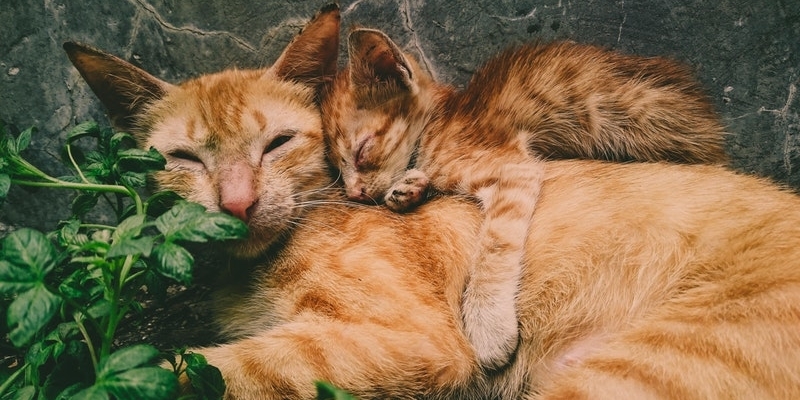Adopting or raising a pet always comes with an implicit agreement: to give them as many spectacular days as possible before their last breath. Still, the passing of a pet best friend can take a pet owner by surprise. There’s no way to be completely prepared for the death of a pet, but being on the lookout for some of the signs discussed in this post may ease the shock of such a dreaded time.
Signs a dog is dying:
Lack of interest in usual activities:
Also known as anhedonia, this is the most common sign that a dog is dying. It may begin around a month before your dog’s passing, and escalate as time goes on.1 If you find that your pet is acting strangely, lying in one spot and remains uninterested by toys, walks, or family members, reach out to a veterinarian to rule out and/or address any lasting health concerns.
Loss of balance or motor skills:
Your pet may also lack coordination while moving, and convulse or tremble when lying down. Minimize any threats to his or her safety by keeping an open and comfortable area for them, free of any furniture or other obstacles to run into.
Difficulty breathing:
Also known as dyspnea, this is a behavioral sign that can appear in many ways within your dog’s final days. Your dog may display uneven breaths, or take long gaps between each inhale and exhale.2
Lack of hunger and/or thirst:
As the organs begin to shut down, your dog may stop eating or drinking as frequently. If this symptom comes and goes after a day or two, your first step should be to rule out other conditions that may be afflicting your pet.
Fidgeting or discomfort:
Weeks before the time comes, the behavior of an old dog before death might remind you of someone who is trying to sit still or lay down, but cannot find a comfortable position.1
Incontinence:
Conversely, your dog may find a comfortable position and not move from it—even to relieve themselves. Keep your pet’s bed or resting area clean and dry to maximize their comfort and cleanliness during this time.
Unusual needs for attention (or lack thereof)1:
The appearance of this behavior depends on the habits of your pup. If your dog typically wants to sit on your lap after dinner, you may find that they suddenly want to spend time alone, and vice versa. Either way, the behavior will seem unusual to you as a pet owner.
How to tell if a cat is dying:
Similarly to a dog in the same stage of life, a cat that is nearing their final days may show signs of muscle weakness, personality changes, a loss of appetite, incontinence, and dyspnea. Additionally, your cat or dog may display weight loss that gets more dramatic as time goes on. Other signs that a cat is dying include:
Drop in body temperature:
The temperature of a healthy cat is approximately 38-39° Celsius, or 100.4-102.2° Fahrenheit. A cat that is nearing their time may have paws and ears that are cooler to the touch than usual.4
Lack of hygiene:
The grooming habits of a cat can be reliable indicators of their current health. If your cat completely neglects to clean themselves as usual, it may be a sign that their time is coming up. This symptom may also appear in other normal practices, such as marking their scratching post or rubbing against furniture to leave their scent.3
Hiding:
Retreating behavior is common in cats who are sick or afraid. When a cat is near death, their predatory instinct may push them to find shelter in an isolated area.
Odor:
As the organs begin to shut down, toxins that build up within the body may give off a scent from the body or breath.
Learning how to tell if a cat or dog is dying may not do anything to ease your pain once the time comes. But at the very least, these warning signs may help you make the most of your remaining days with your pet best friend, and prepare to be there for them in their time of need.
SOURCES:
- “How Do I Know When My Dog Is Dying?” Leesville Animal Hospital, 21 June 2016.
- W, Estelle. “Saying Goodbye to Your Dog.” Found Animals, 8 May 2018.
- Turner, Josie F. “How to Tell If Your Cat Is Dying – Symptoms & Advice.” Animal Wised, 2 Nov. 2017.
- Wilson, Julia. “Caring For a Dying Cat.” Cat World, 18 Nov. 2017.





